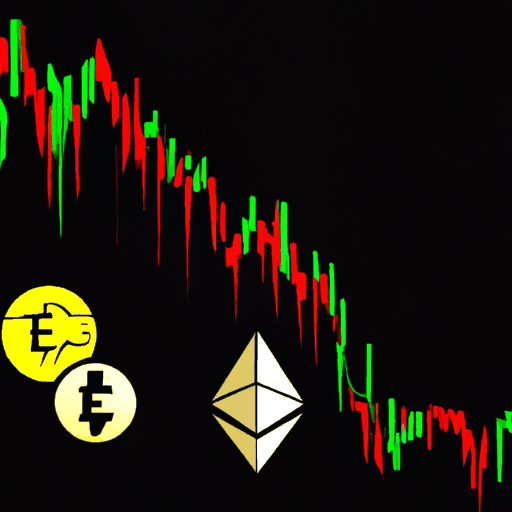
Bitcoin Registers First Red October In Seven Years: What's Next?
By: Eva Baxter
October has historically been a strong month for Bitcoin, often delivering average gains of around 22.5%, bolstered by factors such as post-summer liquidity, year-end portfolio positioning, and considerable demand from US investment products. This year, with optimism high and traders rallying at the start of the month, Bitcoin hit new highs. However, these gains were short-lived as a flash sell-off negatively impacted the market, leaving Bitcoin to close October in the red for the first time in seven years, paralleling conditions of the market in 2018.
In 2018, a similar situation unfolded when Bitcoin failed to sustain its October gains. A lack of rally led to excessive selling pressure in subsequent months, with notable losses in November. The current sentiment echoes those past events, with traders entering the month exhausted after strong performance earlier in the year. On-chain data reveals that significant selling pressure came from long-term holders cashing out their assets gradually, without panic, throughout October. Blockchain data from Glassnode shows that these holders, especially those in the 6 to 12 months cohort, documented increased activity, selling into any price rally, revealing that profit-taking was a key driver rather than fear of a downturn.
The weakening buy-side appetite for Bitcoin in October was evident in reduced investor interest in spot markets, ETFs, and futures, particularly from the US market as reported by CryptoQuant. ETF inflows, which started the year robustly, dwindled significantly. Added to this, the market was further strained by global macroeconomic pressures, including ongoing trade tensions between the US and China and geopolitical unrest in the Middle East, alongside the Federal Reserve signaling a continued restrictive monetary policy stance.
Looking forward, Bitcoin's trajectory towards the year-end is uncertain. The historical parallels hint at potential challenges, echoing the aftermath of 2018. Nevertheless, the current market structure is manifested on a more solid foundation due to deeper investor bases, enhanced liquidity via stablecoins, and more robust institutional participation. While Timothy Misir from BRN points to broader institutional support as a stabilizing force, the question remains whether the bull run can sustain without a decisive uptick in demand and a cooling of geopolitical tensions. The final months of 2023 might see a recalibration phase rather than a drastic decline, depending on the interplay between long-term holder activity, US ETF flows, and overarching global conditions.



